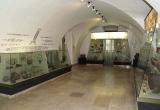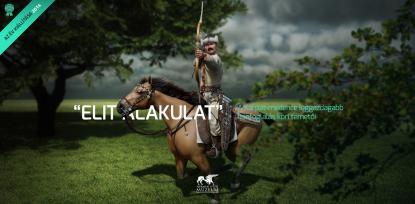
The permanent archeological exhibition entitled "What Centuries Left to Us" in the Herman Ottó Museum opened at the beginning of 1994 in the downstairs exhibition rooms. The exhibition presents the history of present day Borsod-Abaúj-Zemplén County from prehistory to the 16th century. The exhibition focusing on functionality and keeping to contemporary outlook offers a really rich material. Three collections are of special interest.
It is known, but probably more so outside of Hungary, that the research of prehistory in Hungary was initiated in Miskolc. During the construction works of a building in Miskolc, the Bársony House, stone tools from prehistoric times were unearthed. When Ottó Herman saw these, he became the pioneer of research on prehistoric man. Following his initiations, excavations of caves in the Bükk Hill began. During the works, finds of great significance were discovered.
In the second room, the most important finds from the Copper Age, Bronze Age and Iron Age are on display. This section is a review of the period between 1900 BC to the time of Christ's birth. The Celtic collection is extremely spectacular. An Iron Age fortification is there in Bükkszentlászló-Nagysánc, a village near Miskolc. Researchers discovered Celtic dwelling houses in the village and "cotinus" coins were found in a crack in a cliff. Bükkszentlászló was probably a Celtic tribal center. The coins prove that it was the Celts who first used coins in this region. The Celtic coins were made after Greek model.
The exhibit of the migration of people begins in the third room. The era of original settlement in the fourth room is organic part of the exhibit in the third room. The Zemplén region in Borsod-Abaúj-Zemplén County was one of the first places where the Magyars settled towards the end of the 9th century. It is possible that small groups arrived previously, in the years after 862, to secure the safety of the following settler groups crossing the mountain passes. Finds from Karos led to this conclusion. Such are the gilded sword of the chief ornamented with silver plates, the gilded silver belt buckles, the rosette harnesses and the plait disc with images of mythic animals.



